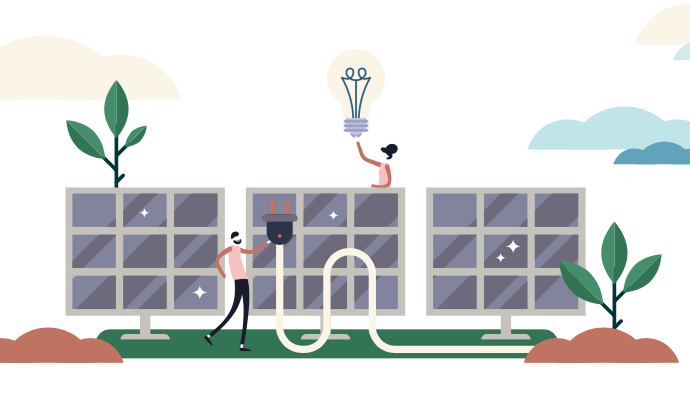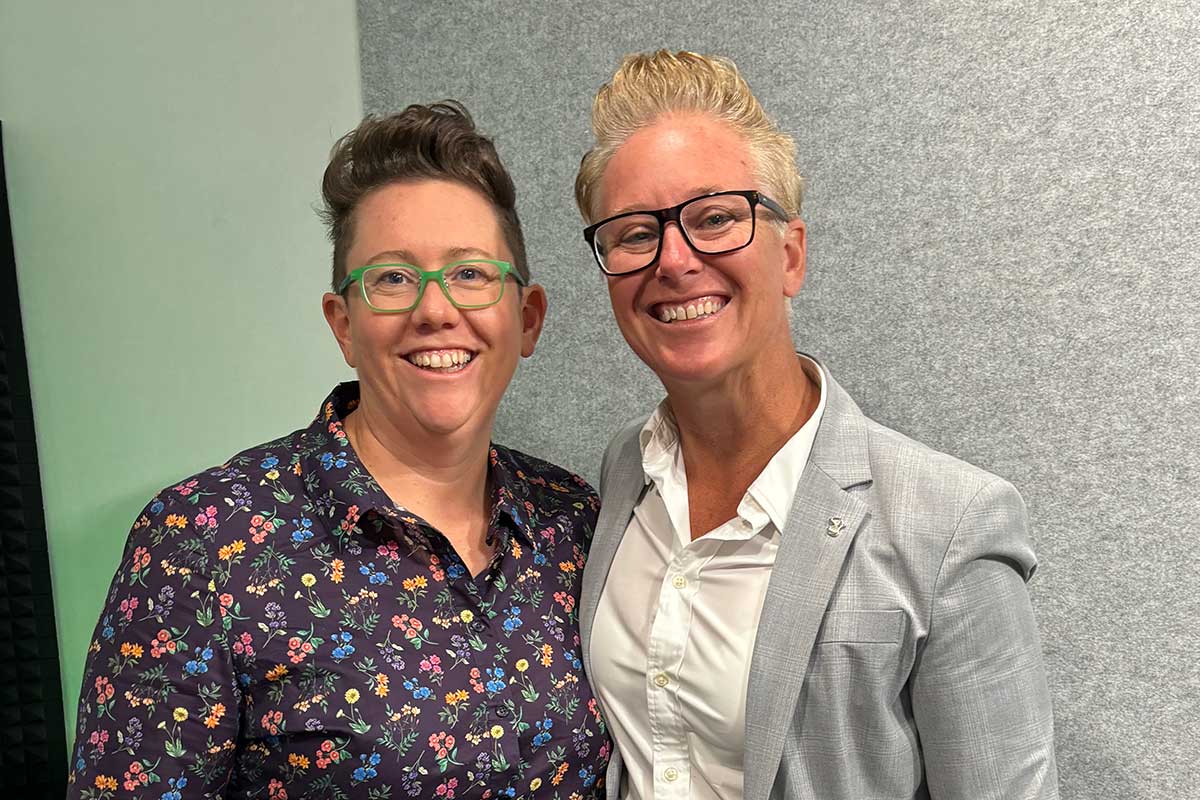Suburbia Utopia
Our world is rapidly changing, and so are the needs and demands of our population. The development of new suburbs provides the opportunity to pave the way for a better future: one that embraces cutting-edge innovations, technologies and ways of thinking to create more connected, sustainable and healthier communities.
Forget flying cars and skyscrapers. Our futuristic cities will be playing out in the suburbs. Factors such as housing affordability and the desire for breathing room have spurred a global trend that is seeing millennials choose suburbs over cities – but not as we know them. They want a new kind of landscape; one that is kind to the environment, reduces energy costs, creates a sense of community and follows the live/work/ play formula for a ‘hipsturbia’ lifestyle.

These demands are driving the development of more forward-thinking suburbs that are combining technology with revolutionary design and planning to transform the way we live. We spoke to Jessica Stewart, Sustainability Manager for Ginninderry about some of the exciting trends that are shaping the future of our suburbs:
SUBURBAN AGRICULTURE
More and more we want to know where our food comes from. Is it clean, good for us and grown ethically and sustainably? These questions are driving the sustainable food movement – a global revolution that is transforming what we put in our mouths, whilst challenging the big supermarkets and the energy and waste generated by industrial agriculture.
But it’s not just playing out in paddocks. According to Jessica, this movement has the potential to take off in our cities, our suburbs and our backyards.
“There are so many exciting innovations that are paving the way for urban agriculture and local food production,” she says. “One ground-breaking initiative we’re trialling is InvertiGro.”
The Australian-made vertical farming system creates modular units designed for the highest quality and productivity of crops, in the least amount of space by using less water and energy than any other hydroponic system.
Currently installed in The Link – Ginninderry’s Community Centre – the InvertiGro wall is the first of its kind in Canberra. Taking up a just a 1m2 footprint, it grows over 200 plants every few weeks, and is able to regularly supply the nearby Café Stepping Stone with leafy greens, herbs, and some vegetables.
With larger systems able to yield between 180-200 metric tonnes of crops per year, it’s a gamechanger for urban agriculture and literally brings the farm as close as possible to the end consumer, reducing waste and food miles.
“This is just the beginning for us,” says Jessica. “We’re hoping to eventually scale up this form of food production and give our community the opportunity to take ‘home farming’ to the next level.”

ENERGY SMART
Imagine this future scenario: It’s a sunny day, so while you’re at work, you check how much energy your solar panels are generating at home, and, with the flick of a button, switch on your pre-set washing machine and dishwasher to take advantage of your free energy supply. Then when you get home, you find you have a surplus of energy stored, so you either use it to charge up your electric vehicle, or it gets redirected to power up the floodlights of your local sporting field.
“We’re actually not that far from making this vision a reality here at Ginninderry,” enthuses Jessica. “With mandated solar panels and home energy management systems across each home, the infrastructure is in place for residents to remotely control their entire energy ecosystem. And as they start to generate and store their own energy, they’ll be able to share this with the grid.”
These emerging energy sharing initiatives are currently being implemented in the USA, Japan, New Zealand and the UK to help make electricity systems more flexible and reliable.
“Ginninderry is on the cusp of implementing the first energy sharing initiative of its kind in Australia,” says Jessica. “And as more and more homes and communities begin to install smarter energy systems, we can really make a difference to the amount of energy we consume overall.”
SHARED SPACES
From the rise of co-working spaces to shared neighbourhood amenities and even modes of transport, the sharing economy is here to stay as people search for more affordable options, different approaches to ownership and ways to connect with people in their community.
“Apps such as AirBnB, Car Next Door and local ‘buy nothing’ groups, are changing the way we transact and connect,” says Jessica. “But the opportunity to design a new suburb around the concept of sharing and connection, sets a whole new precedent.”
Houses can exist on smaller footprints saving money and energy for their owners, whilst giving them easy access to more shared parks, recreation areas and communal spaces instead of huge, high-maintenance backyards. They can also be designed to facilitate holiday rental or room sharing – creating both sources of income and affordable accommodation. And community centres and co-working spaces can bring like-minded people together to work, play, create and produce, within minutes from their home.
New suburbs also have the opportunity to future proof for a world of technology that we don’t even know exists yet.
“By installing smart streetlights throughout our community, we’ve created the backbone infrastructure for an exciting future,” says Jessica. “A future where a single light pole can also be used to charge phones, provide Wi-Fi, transmit music or community messages and charge electric vehicles.”
And Jessica believes that in the final years of Ginninderry’s development (several decades away), homes could be designed without garages because we’ll be sharing automated electric vehicles.
“Imagine if your suburb had an electric vehicle sharing station, where you could use a car on an as needs basis,” she says. “Then we could use the space that our garage once took up to house vertical gardens that grow our own food. And the cars at the vehicle station could power our homes overnight after spending the day being charged by the sun. That’s the kind of future I’d like to work towards.”


